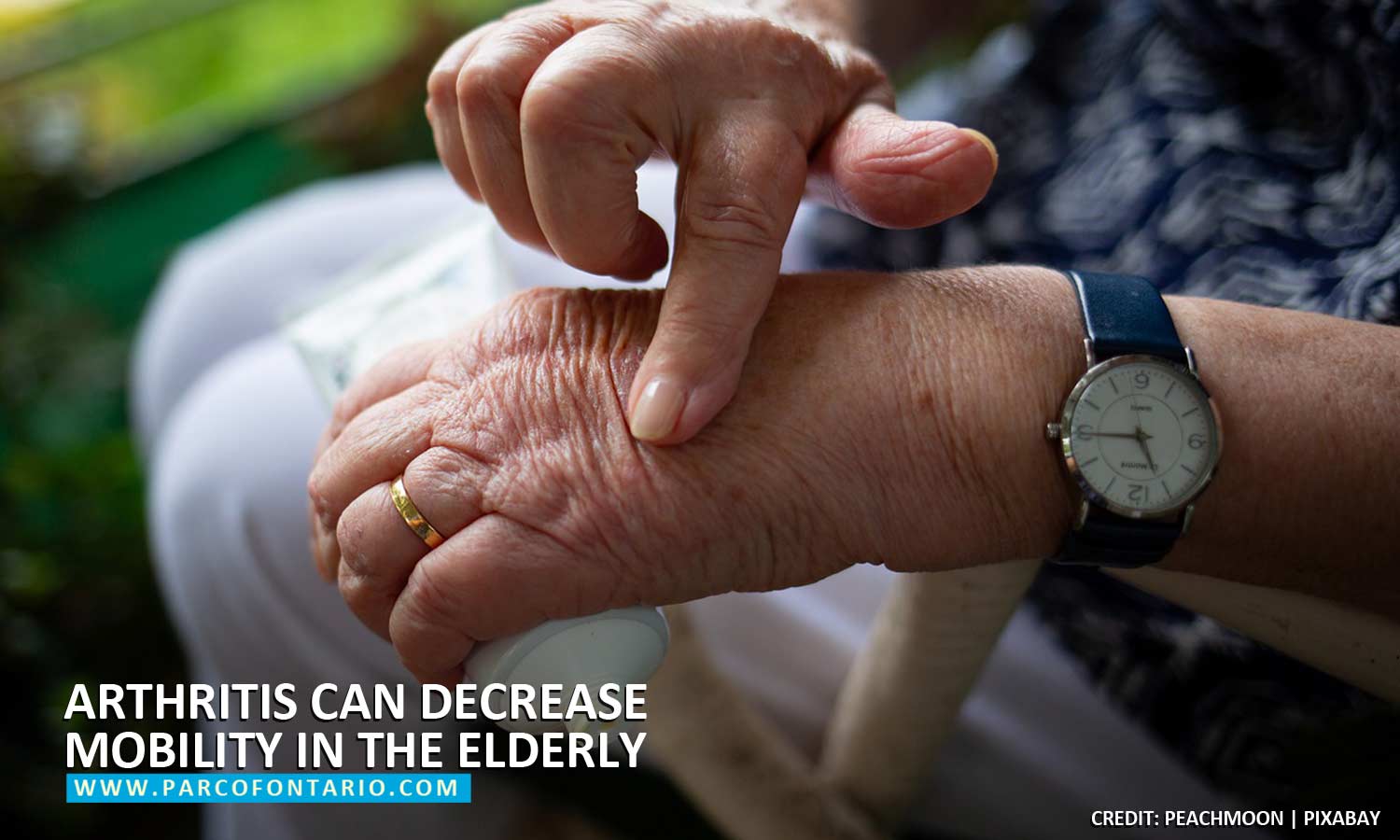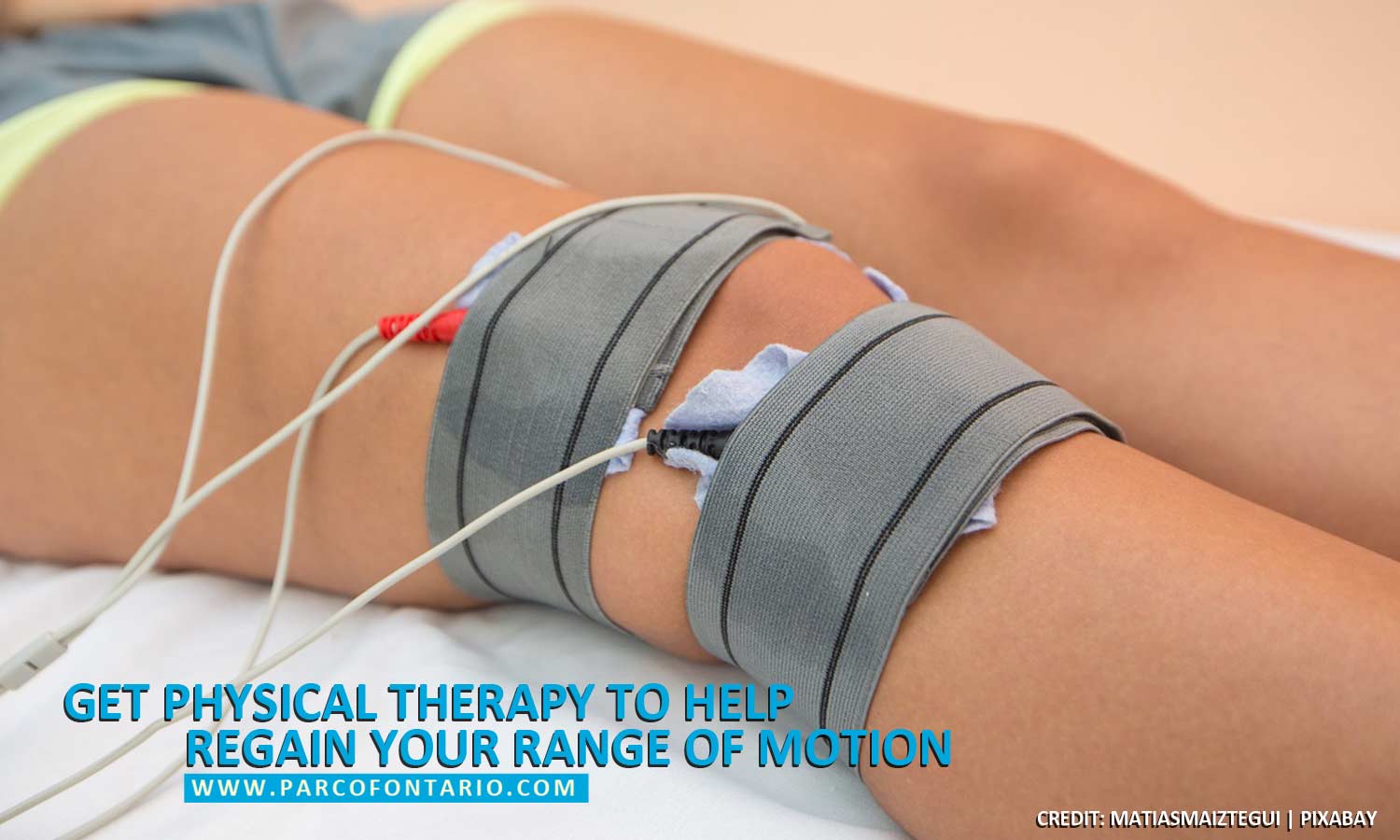5 Worst Pain Disorders and How to Manage Them

It’s not uncommon to suffer ailments from time to time, but some pains are worse than others and last much longer. Certain health conditions can cause enough pain to severely affect your ability to perform daily tasks. On top of that, you also have to deal with the mental stress of having your daily routines disrupted.
Knowing the recommended approach to managing different medical conditions can give you some control over the situation before and even after you get a specialist’s assessment of your problem. In many cases, quick action is key to managing pain and avoiding long-term issues.
Here are some of the most painful health conditions you may experience.

1. Migraines
Migraines are more than just a particularly painful headache; they’re in fact a complex neurological disorder. Like other pain conditions, understanding migraines is the first step. Other than a severe headache, the symptoms of a migraine may also include compromised vision, sensitivity to light and sound, nausea, and vomiting. The symptoms often vary from person to person, and sometimes even between incidents. Typical causes of migraines can include stress, hunger, lack of sleep, or bright lights. They generally last from 4 to 72 hours, and in more severe cases the pain may be severe enough to be debilitating.
2. Post-surgical pain
It’s common to feel some degree of pain after a surgery. How much pain is often dependent on the specific procedure you’ve undergone. Knee replacement surgery is one of the more painful examples since it requires a lot of cutting through bone. In case of severe pain, refrain from toughing it out. Managing the pain early while you’re still in the hospital lessens the risk of long-term problems and improves quality of life while you’re still under medical supervision.
3. Frozen shoulder
Frozen shoulder is characterized by prolonged pain and stiffness in the shoulder. In some cases, the shoulder can become so stiff it becomes difficult to carry out simple movements like raising the arm. The causes of frozen shoulder are unknown, but it often occurs after sustaining arm or shoulder injuries. It’s also a common occurrence in people with diabetes. Frozen shoulder can often be mistaken for arthritis. The difference is that frozen shoulder pain tends to persist, whereas the pain of arthritis comes and goes. The stiffness and loss of movement are also unique to frozen shoulder. In case of symptoms, seek treatment immediately to get the appropriate care.

4. Arthritis
Arthritis is characterized by inflammation in the joints. The usual targets of arthritis include the hips, knees, and fingers. The inflammation generally comes with pain and stiffness, which can affect your mobility, particularly affecting your ability to walk or grasp with dexterity.
5. Sciatica
Sciatica refers to pain that radiates along the sciatic nerve. The sciatic nerve is the longest nerve in the body, running from the hips to the feet. When it gets compressed or irritated, it can lead to pain. Sciatic pain can radiate from the lower lumbar spine to the buttock, then down the back of the leg. The pain can range from mild to severe; in some cases, it can become too painful to put any weight on the leg. Other symptoms of this particular pain disorder include cramps, tingling, and numbness.
6. Fibromyalgia
Fibromyalgia is marked by widespread muscle pain all over the body and chronic fatigue. The pain may also come with tender points that can hurt when touched. The pain is often described as a burning sensation felt from head to toe. It’s common for the pain to change the location and become more severe in parts of the body that see more use. As for fatigue, it can range from feeling tired to flu-like exhaustion. It can also come and go, leading to a feeling of “having the plug pulled.”
Pain is never pleasant, moreso when it’s a recurring problem. Once you find yourself dealing with chronic pain, it’s time to start looking around for solutions. Fortunately, there are ways to help you deal with the pain more effectively. Here are a few things you can do to help manage chronic pain disorders and improve your quality of life.

1. Do some gentle exercise
Simple everyday exercises are an effective way to keep your muscles and joints active. Good options include walking, swimming, or yoga. Many of these exercises are also good for your heart, giving you more ways to stay healthy. Exercise also blocks pain signals to the brain, making it easier to deal with pain over time. Make a habit of exercising regularly, especially on the better days. It helps reduce the number of days when the pain gets overwhelming. Get in the swing of things gradually to avoid exerting yourself before you’re ready.

2. Look into physical therapy
Physical therapy is a good choice for relieving pain and helping you regain your mobility. With the help of therapy, you can have an easier time with simple activities like walking and going up and down the stairs. Physical therapy often involves the manipulation of affected body parts, stretching, and pain-relief exercises. While you’re getting your therapy, your PT can also provide advice on what exercises and activities you can do to maintain your health in-between sessions.
3. Take your medicine
Your doctor may prescribe medication to help deal with the pain. Prescription medicine is a big help for pain relief and keeping inflammation low. Always follow your doctor’s instructions and take your medicine at the recommended doses to maintain your health. Ideally, you should take your painkillers every 4 to 6 hours to avoid flare-ups.

4. Stick to a consistent sleep routine
One common consequence of long-term pain is difficulty sleeping. It helps to stick to a regular sleep routine. Having consistent times for sleeping and waking helps your body adjust to a pattern and makes it easier to get enough sleep. You can also use other sleep tricks to improve sleep quality. Try avoiding gadgets before bed and ensure the room is dark before bed, for example. Sleep deprivation also makes the pain worse, so commit yourself to developing regular sleep habits to give yourself sufficient rest.
5. Stay positive
One little-known tip that helps with long-term pain is having the right attitude. Staying positive is a great way to boost your resistance. There’s a mental aspect to managing pain; find ways to keep the mind active to take your attention off it. Look for activities that distract you from the pain, like writing, breathing exercises, or meditation. Another thing that helps is having a strong support network to help you stay positive. Spend more time with your loved ones to keep your spirits high and yourself mentally resilient.
At Physiotherapy and Rehabilitation Centres of Ontario, we’re here to offer solutions to your aches and pains. Our professionals offer patient-oriented care to help you overcome different types of pain disorders and help you get back on your feet.
Give us a call now to make an appointment at any of our six rehab centres in Ontario: Scarborough (647) 352-1100 or (416) 430-0314; Mississauga (905) 897-2092; Ajax (905) 686-9081; Whitby (905) 430-2112; and Oshawa (905) 579-9938.









